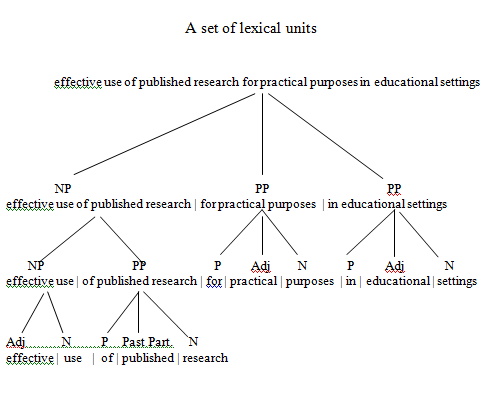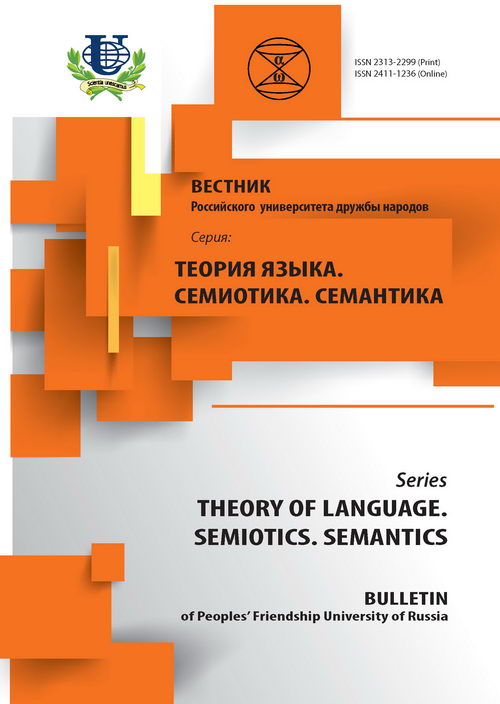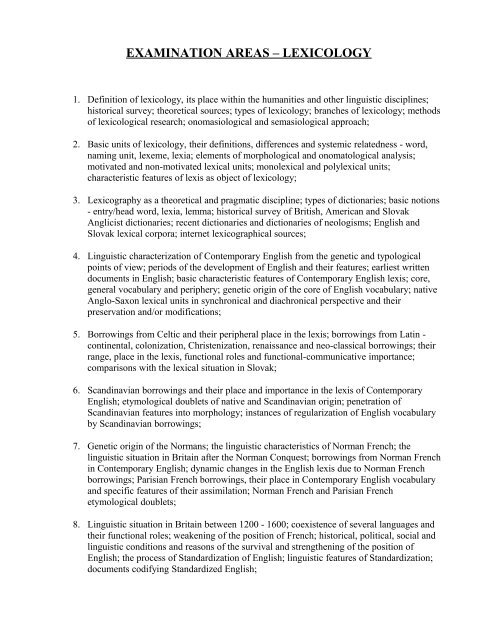Lexicological analysis is the study of words and their meanings, forms, and uses within a language or linguistic system. It is a branch of linguistics that focuses on the structure and organization of a language's vocabulary and is closely related to lexicography, the practice of compiling dictionaries.
One of the main goals of lexicological analysis is to understand how words are formed, how they change over time, and how they are used in different contexts. This includes understanding the relationships between words, such as synonymy (when two words have the same meaning), antonymy (when two words have opposite meanings), and hyponymy (when one word is a more specific term for another).
In order to conduct a lexicological analysis, linguists may use a variety of methods, including examining written and spoken texts, conducting surveys and experiments, and analyzing language data from databases or corpora. This allows them to identify patterns and trends in how words are used and to determine their meanings and uses in different contexts.
One important aspect of lexicological analysis is the distinction between denotative and connotative meanings. Denotative meanings are the dictionary definitions of words, while connotative meanings are the associations and emotions that a word evokes in a particular context. For example, the word "home" may have a denotative meaning of "a place where someone lives," but it can also have connotative meanings of safety, comfort, and security.
Another important aspect of lexicological analysis is the study of word formation, including how words are derived from other words and how new words are created. This can include the study of affixes (prefixes and suffixes) and compounding (combining two or more words to create a new one). For example, the word "unhappy" is formed by adding the prefix "un-" to the word "happy," while the word "birdhouse" is a compound word formed by combining "bird" and "house."
In conclusion, lexicological analysis is a valuable tool for understanding the structure and organization of a language's vocabulary. It helps linguists to identify patterns in how words are used, to understand their meanings and uses in different contexts, and to study how words are formed and change over time.






